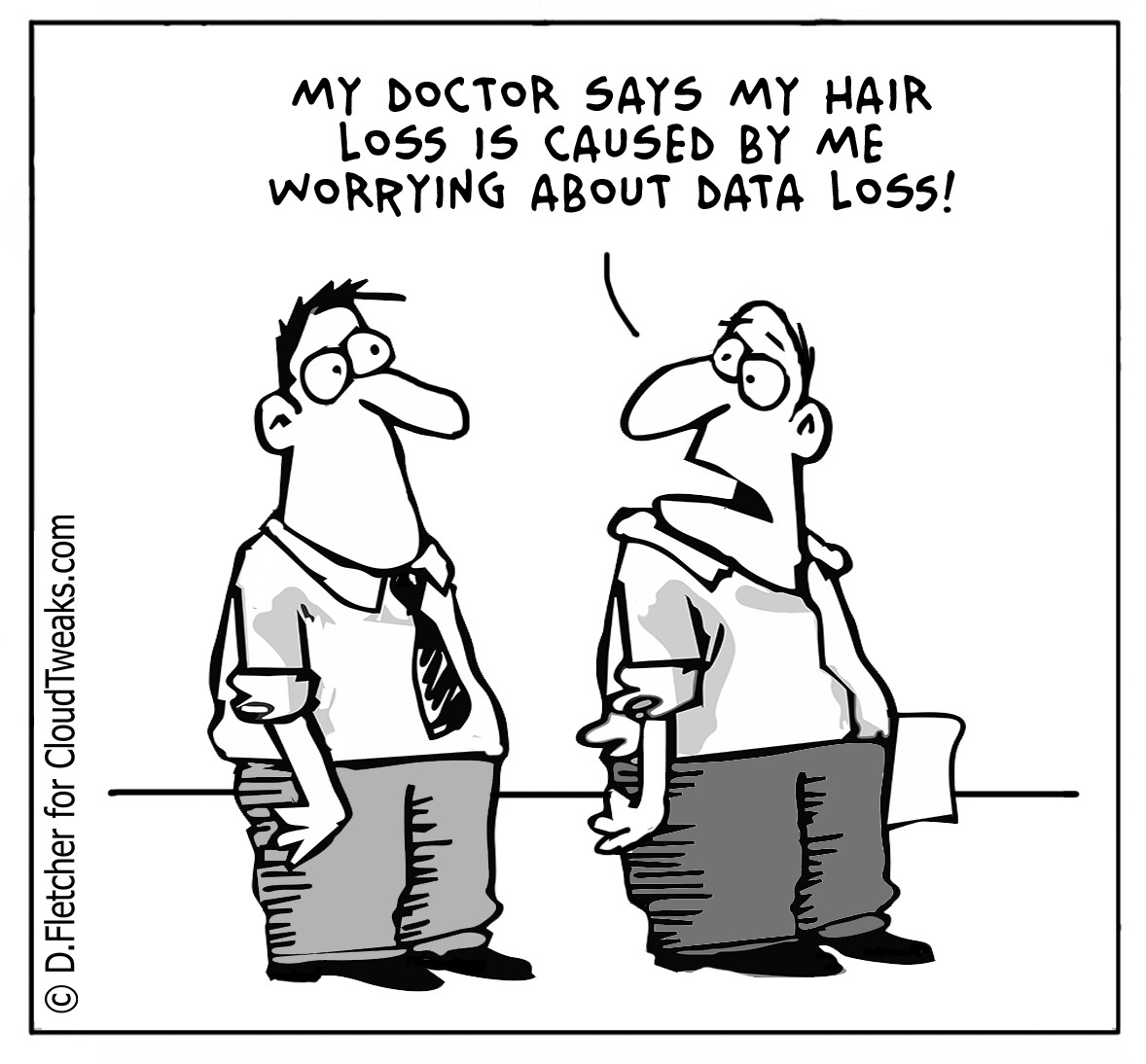If you own a business or simply work in an office setting, you’re likely familiar with how pricey standard professional software can be. Between your company’s word processing software, network backup and protection tools and internal documentation programs, you can guess that a solid amount of money has been put into just these business operations alone.
However, many of these tools have cloud-based alternatives that are much less expensive, if not free. Keep reading to learn about a few of them.
1. Use Google Drive Instead of Paying for Microsoft Word
Although Microsoft Word is a leading word-processing program, it’s not your only option. Rather than purchasing the software for your computer, consider using Google Drive to handle document-creation needs. Every keystroke is automatically saved in the cloud-based service, helping you breathe easier if you’re working on a project and experience a power outage or technical glitch.
Plus, Google Drive encourages collaboration. You can grant privileges to certain people, and allow them to edit, make comments or view the documents. Simply send the Google Drive-generated link to an individual to permit document access.
2. Subscribe to a Cloud-Based Backup Service

Backup storage drives can be costly, and there’s always the chance they’ll wear out. When your on-site hardware breaks down, it adds to the stress and workload of in-house IT support staff and could interfere with your ability to meet client deadlines or other expectations.
There are several things to consider when buying new equipment for your Workplace, such as environmental factors, the needs common to your industry and whether you can easily scale the system. It’s always smart to purchase trustworthy industrial computing equipment because support costs can use up 70 to 80 percent of total ownership costs.
You can also switch your storage system from physical hard drives to a cloud-based backup service to make things easier for IT experts while cutting costs. Third-party vendors take care of hardware maintenance, and all your files are stored securely offsite, ready for you to access as needed.
3. Use Document-Sharing Apps to Buy Fewer Paper Products and Printer Ink
Cloud services can also reduce your use of paper, printer cartridges and folders. Document storage and sharing applications let you send paperwork to people in seconds, giving them the option to view documents in a digital format or print them using their own equipment. There are also cloud services that allow recipients to add digital signatures to documents such as W-9 forms and independent contractor agreements.
Besides the money-saving advantage, digitally storing files rather than printing them could provide welcome peace of mind. Some people appreciate holding physical documents in their hands, but there’s always the chance the papers could become damaged or lost. It’s easier to access a digital document when it’s convenient and organize digital folders on a computer.
4. Keep Computers Free from Threats with Cloud-Based Antivirus Protection
Anti-virus software is expensive, but it’s necessary for keeping computers functioning properly. It can also quickly become outdated, especially if you don’t have it set up to automatically install updates and security patches. Because of those potential downsides, some people have decided to use cloud-based anti-virus options instead.
Virus protection in the cloud is heavily automated, so it’s very current — and very effective for safeguarding against the newest threats. Because there’s no software residing on your computer, cloud choices free up your computer’s CPU.
Cloud services do more than prevent you from having to buy updated virus scanners. They can also make your computer run smoother and offer more thorough protection. The initial cost for a cloud service may be comparable to a traditional virus scanner, but having a computer that’s immune against current cyber threats could save you money in the long term.
Switch to the cloud if you want to enjoy more cash in your bank account and less physical equipment to track or maintain.
By Kayla Matthews





